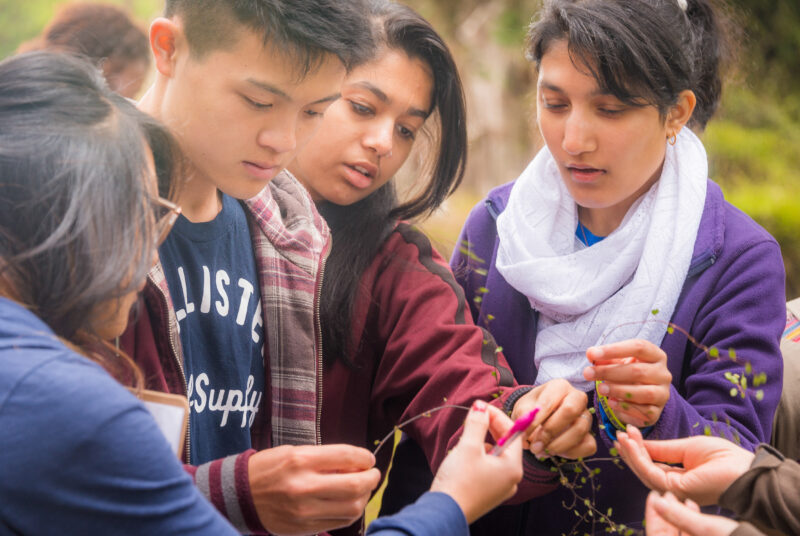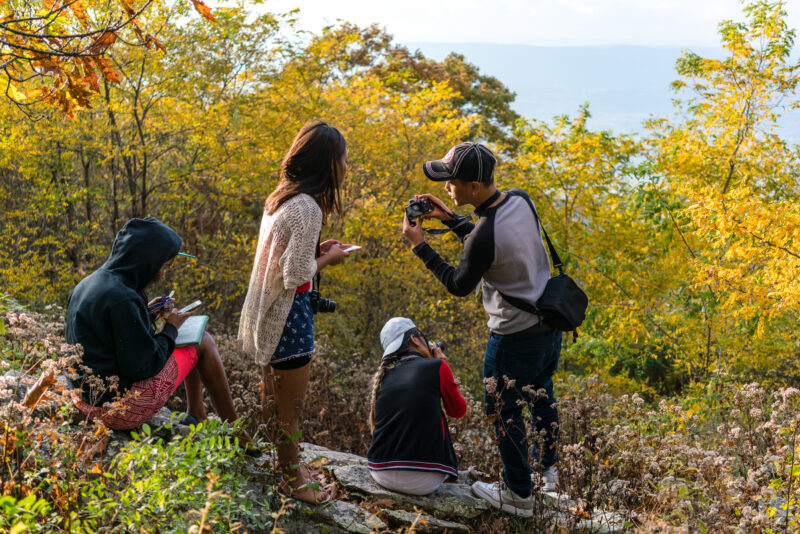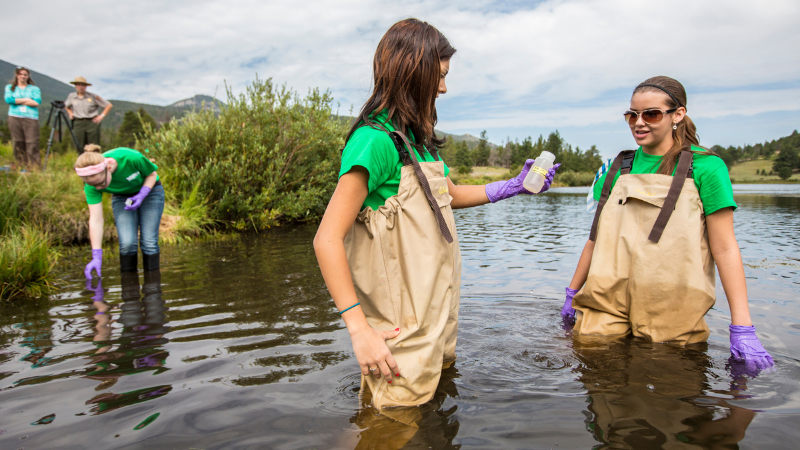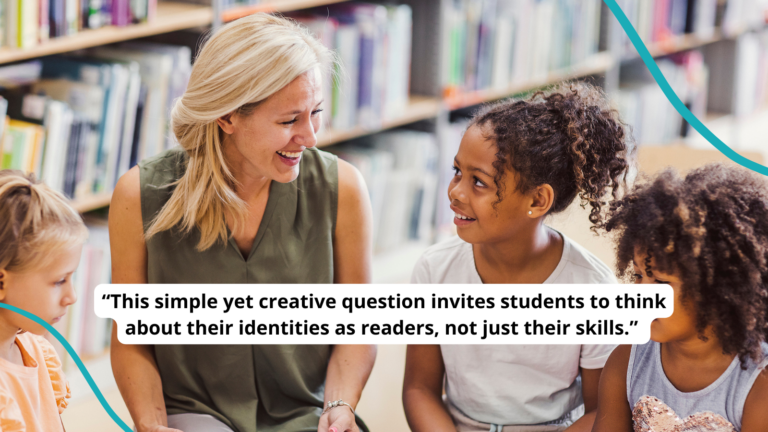If you haven’t heard about the Slingshot Challenge yet, we’ve got you covered. Supported by the National Geographic Society and the Paul G. Allen Family Foundation, the Slingshot Challenge aims to identify and support the next generation of problem-solvers, advocates, and stewards of the planet. It’s in its second year, and the 2024 Slingshot Challenge opens for submissions on September 20, 2023. To submit, students ages 13-18 must produce a one-minute video with their solution to a current environmental problem (think: uniting creative waste reducers on social media or rehabilitating forests affected by fire). Cool, right? We’re here to tell you why this is the year you should make it part of your middle school or high school classroom.
It fits in with a lot of middle and high school curriculum.
Conservation is an important topic whether you’re teaching science, history, or current events. This is a fantastic opportunity for students to go beyond the what, where, and “how did we get here” of environmental issues and move into the space of taking action. And ELA teachers, we didn’t forget about you! This challenge is all about communication because students have to figure out how to inspire hope and action in their audience through their videos. And really, the problem-solving and critical-thinking skills addressed with the Slingshot Challenge are relevant to most subject areas.

It’s a perfect STEAM activity.
Many schools and classrooms are emphasizing science, technology, engineering, art, and mathematics, and this challenge has a little bit of everything. Students have to research the science behind their issue, analyze its impact, and engineer a solution. From there, they write a script, create a storyboard, and produce their one-minute video.
You don’t need fancy technology to participate.
If you have a media or video production class, that’s awesome! But lack of tech isn’t a barrier to participation. Students can use basic equipment, such as a single smartphone and free video-editing apps.
There’s a lot of flexibility built in.
We know you have a lot of conflicting priorities as an educator. That’s why there are a variety of entry points. Students can engage online or in person, in teams or individually, across a variety of traditional school disciplines or as part of a club or after-school activity. You can choose to deliver it as a unit of study, or it can be a stand-alone activity. Whatever you choose, educator and participant toolkits have what you need and include planning sheets and templates for students.

It provides a community for teens to get involved in conservation.
Are there awards? You bet. Students who submit have a chance at $10,000 in funding. But that’s not the real draw. Many young people understandably worry about environmental issues. Participating in the challenge both empowers them to take action and places them in community with others who not only care about making a difference but are actively engaged in doing so.
Interested in the Slingshot Challenge? Sign up to get updates on this year’s challenge.



